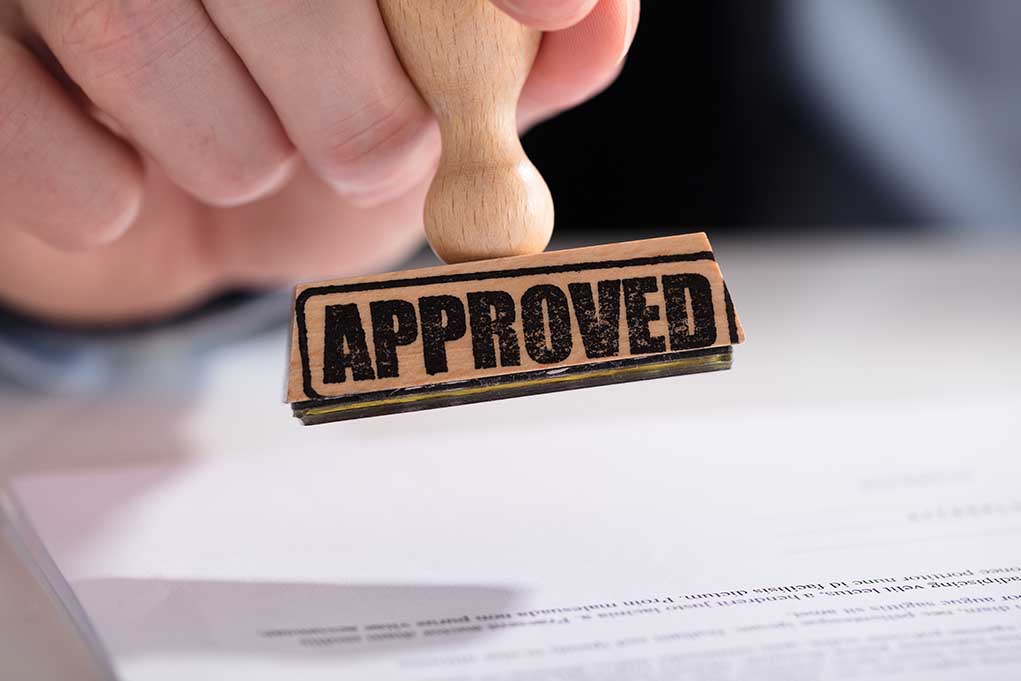
Uber and Volkswagen are set to revolutionize transportation with fully autonomous, electric ridesharing vehicles in Los Angeles by 2026, challenging Tesla and outpacing government regulations under Trump’s business-friendly administration.
Key Takeaways
- Uber and Volkswagen will launch the first-ever autonomous shared ride service in Los Angeles in 2026 using the all-electric ID. Buzz AD minivans
- Testing will begin in 2025, with plans to expand the service across the United States
- Volkswagen’s retro-styled electric minivan can seat up to seven passengers and uses software developed by subsidiary MOIA and MobilEye
- The partnership represents Uber’s strategy shift after selling its own autonomous vehicle division in 2020
- Trump’s administration is easing regulations on autonomous vehicles, accelerating adoption despite ongoing safety concerns
A New Era for Ride-Sharing
Uber and Volkswagen’s landmark partnership is set to transform urban transportation with the first-ever autonomous, shared-ride service using fully electric vehicles. The collaboration will bring Volkswagen’s ID. Buzz AD, a modern electric version of the iconic Microbus, to Los Angeles streets by 2026. This partnership represents a strategic shift for Uber, which sold its autonomous vehicle research division to Aurora in 2020, now preferring to partner with established automotive manufacturers rather than developing the technology in-house.
“We’ve said it before: the future of transportation is electric, shared, and autonomous. Our next product combines all three! Autonomous technology will drive a safer and more affordable future for everyone, and we can’t wait to expand access to it around the world,” Uber stated.
The partnership builds on Uber’s existing autonomous vehicle initiatives, which have already reached an annual run-rate of 1.5 million rides. By combining Volkswagen’s manufacturing expertise with advanced autonomous technology, the companies aim to create a sustainable transportation solution that addresses urban congestion while reducing emissions. The retro-styled ID. Buzz can accommodate up to seven passengers, making it ideally suited for shared ridesharing.
Thousands of VW's ID Buzz electric vans will lay the foundation for Uber's new commercial autonomous driving taxi service when it launches in LA in late 2026.https://t.co/HywySR7She
— Jalopnik (@Jalopnik) April 24, 2025
Technology and Implementation
Testing of the autonomous service will begin in 2025, with full deployment scheduled for the following year. The ID. Buzz vehicles will be equipped with advanced autonomous driving technology developed jointly by Volkswagen subsidiary MOIA and MobilEye. MOIA has already been testing autonomous ride pool services in Hamburg, Germany, since 2021, providing valuable real-world experience that will inform the Los Angeles rollout.
“The autonomous software that will power the ID.Buzz fleet is a joint development between Volkswagen subsidiary MOIA’s fleet operations and MobilEye. This system relies on more than a dozen sensors, including cameras, imaging radar, and LiDARs. It also uses crowdsourced mapping from millions of Mobileye-equipped vehicles for data on roads and typical driver behavior,” said Mark Gillies, Volkswagen spokesperson.
The autonomous vehicles will be integrated into Uber’s UberX Share service, which is the company’s reimagined version of the previously unprofitable Uber Pool. By removing human drivers from the equation, Uber aims to make shared rides economically viable while providing safer and more consistent service. The Trump administration’s business-friendly approach to autonomous vehicle regulation is creating a favorable environment for accelerated deployment, though safety concerns remain among some consumer advocates.
Strategic Business Impact
For Volkswagen, this partnership represents an opportunity to establish the ID. Buzz as a cornerstone of future mobility solutions. The distinctive retro styling of the electric microbus should help it stand out in a crowded EV market, while the partnership with Uber provides immediate scale and visibility. The collaboration puts Volkswagen ahead of competitors in the race to deploy purpose-built autonomous ridesharing vehicles.
“Volkswagen is not just a car manufacturer—we are shaping the future of mobility, and our collaboration with Uber accelerates that vision,” said Christian Senger, Senior Vice President at Volkswagen.
The partnership also demonstrates Uber’s commitment to its vision that the future of transportation will be “shared, electric and autonomous,” according to Sachin Kansal, Uber’s Chief Product Officer. Notably, the move puts Uber ahead of Tesla in deploying autonomous minibus-style vehicles, despite Tesla’s prototype “robovan.” Uber is also working with other partners including Waymo and Volvo to diversify its autonomous vehicle fleet and accelerate adoption across different markets.
🚗 Uber Doubles Down on Affordability With Route Share & Pass Expansion
— 💸 Uber launches Route Share — fixed-route shared rides at 50% the cost of UberX
— 🕒 Pickups every 20 mins during weekday rush hour in NYC, SF, Chicago
— 🧾 Company eyes employer partnerships for pre-tax…— AFV GLOBAL (@afvglobal) May 14, 2025
Economic and Urban Impact
Beyond the business implications, this initiative addresses significant urban transportation challenges. Shared, autonomous electric vehicles could reduce congestion, lower emissions, and provide more affordable transportation options. For Uber, which has introduced new pricing options including “route share” for affordable rides and a “price lock pass” for predictable fares, autonomous vehicles represent the next evolution in making transportation more accessible and reliable.
“Through our work with Uber, we’ll introduce the ID. Buzz, the reimagined version of the iconic Microbus in all-electric form, to a growing number of riders in the years to come,” said Kjell Gruner, President and CEO of Volkswagen Group of America.
While the service will initially launch in Los Angeles, both companies have indicated plans to expand across the United States in subsequent years. The success of this initiative could accelerate the widespread adoption of autonomous, electric transportation, positioning both Uber and Volkswagen as leaders in the future mobility landscape. Under the Trump administration’s pro-business approach to regulation, the path to full deployment may be smoother than previously anticipated, allowing American companies to lead in this cutting-edge technology.











